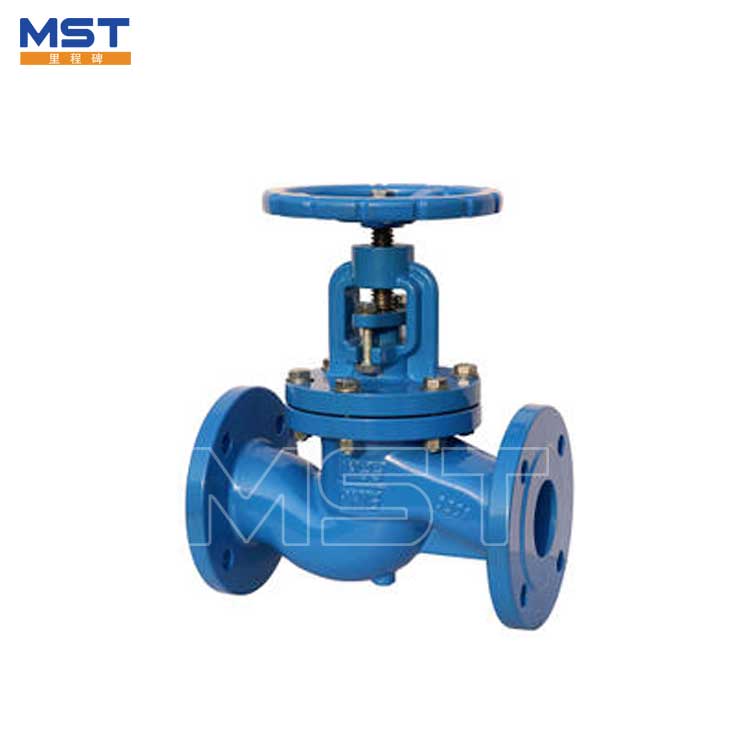 English
English Español
Español  Português
Português  русский
русский  Français
Français  日本語
日本語  Deutsch
Deutsch  tiếng Việt
tiếng Việt  Italiano
Italiano  Nederlands
Nederlands  ภาษาไทย
ภาษาไทย  Polski
Polski  한국어
한국어  Svenska
Svenska  magyar
magyar  Malay
Malay  বাংলা ভাষার
বাংলা ভাষার  Dansk
Dansk  Suomi
Suomi  हिन्दी
हिन्दी  Pilipino
Pilipino  Türkçe
Türkçe  Gaeilge
Gaeilge  العربية
العربية  Indonesia
Indonesia  Norsk
Norsk  تمل
تمل  český
český  ελληνικά
ελληνικά  український
український  Javanese
Javanese  فارسی
فارسی  தமிழ்
தமிழ்  తెలుగు
తెలుగు  नेपाली
नेपाली  Burmese
Burmese  български
български  ລາວ
ລາວ  Latine
Latine  Қазақша
Қазақша  Euskal
Euskal  Azərbaycan
Azərbaycan  Slovenský jazyk
Slovenský jazyk  Македонски
Македонски  Lietuvos
Lietuvos  Eesti Keel
Eesti Keel  Română
Română  Slovenski
Slovenski  मराठी
मराठी  Srpski језик
Srpski језик
리프트 글로브 밸브
문의 보내기
1. 소개리프트 글로브 밸브
리프트 글로브 밸브 is used to cut off the flow of media and is suitable for occasions that need to be opened frequently. 리프트 글로브 밸브 is most commonly used in chemical production. Milestone Valve Co. Ltd specializes in the production of 리프트 글로브 밸브. The products are of high quality, stable performance, and are used in various fields of industry with excellent functions.


2. Parameters of 리프트 글로브 밸브
밸브 유형
리프트 글로브 밸브
DN
DN10~DN700
PN(MPaï¼ ‰
1.6~16Mpa
설계 온도 범위
-15â „ƒï½ž200â „ƒ
연결 타입:
플랜지
액추에이터 유형
수동 구동, 공압, 유압 또는 전기 액추에이터
적용 가능한 매체
물, 기름, 가스 및 각종 부식 매체
예비 부품
재료
바디 커버 디스크
단조 강, 주강, 스테인리스 강
줄기
단조 강, 주강, 스테인리스 강
포장
유연한 흑연, 향상된 유연한 흑연, PTEE
씰링 심
강화 된 Flexiblo 흑연, 스테인리스 강, PTFE
씰링면
13Cr,STL, PTFE, 나일론, 본체 재질 포함


3.Structural features of 리프트 글로브 밸브:
1) The sealing parts of the 리프트 글로브 밸브 are the valve disc and the valve seat. In order to make the 리프트 글로브 밸브 close tightly, the mating surface of the valve disc and the valve seat should be ground or gaskets, and the sealing surface can also be inlaid with bronze, stainless steel, etc. , Wear-resistant materials. The valve disc and the valve stem of 리프트 글로브 밸브 are movably connected to facilitate the tight fit between the valve disc and the valve stem.
2) The lifting of the valve disc of 리프트 글로브 밸브 is generally controlled by the valve stem. The upper part of the 리프트 글로브 밸브 stem is a handwheel, and the middle part is a thread and packing seal section. The function of the packing is to prevent the medium inside the valve body from leaking along the valve stem.
3) The main function of 리프트 글로브 밸브 in chemical pipelines is to cut off or connect fluid. 리프트 글로브 밸브's regulating flow is better than gate valves, but 리프트 글로브 밸브 cannot be used to regulate pressure and flow for a long time. Otherwise, 리프트 글로브 밸브 sealing surface It may be eroded by the medium and damage the sealing performance.
4) 리프트 글로브 밸브 can be used in pipelines such as water, steam, and compressed air, but it is not suitable for medium pipelines with high viscosity, easy coking, and easy precipitation, so as not to damage the sealing surface.


4. FAQ





















